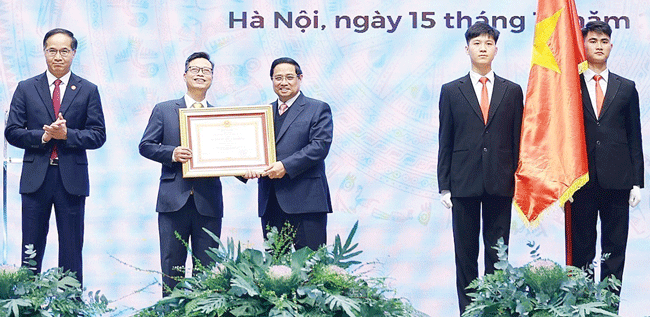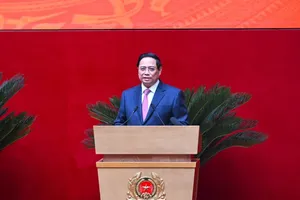
Accordingly, the People's Committee of Tay Ninh Province requested the evaluation of the Tay Ninh Airport project before submitting it to the Prime Minister for inclusion in the national airport master plan for the 2021-2030 period, with a vision for 2050.
The consultancy unit proposed that Tay Ninh Airport will be built at Phuoc Ninh Commune, Duong Minh Chau District, located approximately 74 kilometers far from Tan Son Nhat International Airport, 106 kilometers from Long Thanh Airport, 44 kilometers from the Cambodia border and 22 kilometers from the center of Tay Ninh City.
The project is designed as a dual-purpose civilian and military airport, with its capability of receiving modern aircraft featuring a 3,200-meter long and 45-meter wide runway, an 18-meter high airport elevation and six parking areas. The project will need 420 hectares of land area.
The preliminary total investment for the initial phase of Tay Ninh Airport is estimated at about VND4,738 billion (US$186 million), serving a capacity of one million passengers per year, equivalent to 400 passengers per peak hour.
The project has a financial plan based on maximizing non-budget capital for investment under a public-private partnership (PPP) method, with 15 percent of state capital and 85 percent of investor capital.
The payback period for the project is approximately 42 years, similar to some airport construction and investment projects in Sa Pa, Quang Tri and Binh Thuan.
Tay Ninh Airport project is proposed to be implemented from 2026 to 2030, but the project will only begin when the competent authorities are consistent in adding this airport to the national airport master plan for the 2021-2030 period, with a vision to 2050.
























